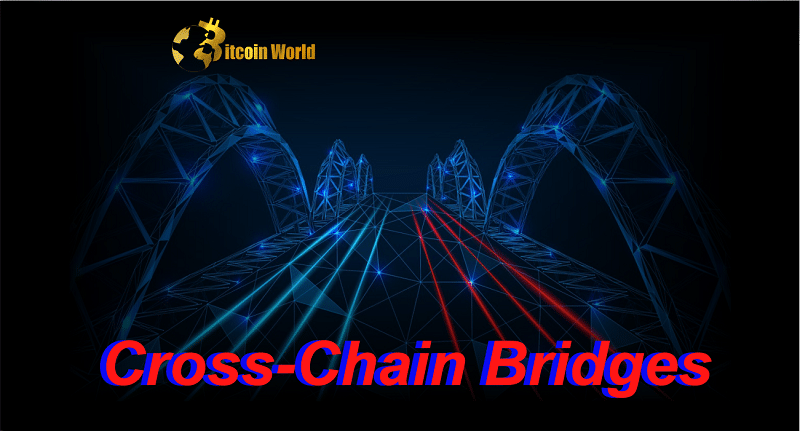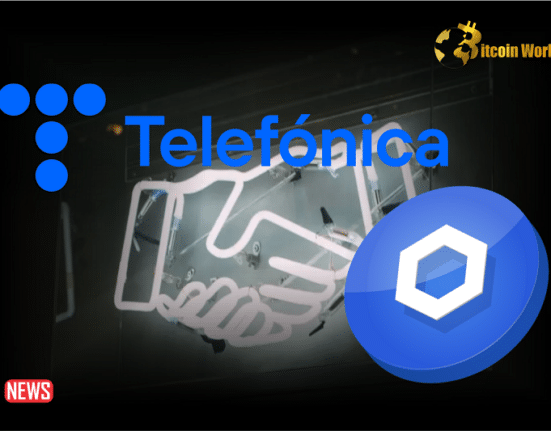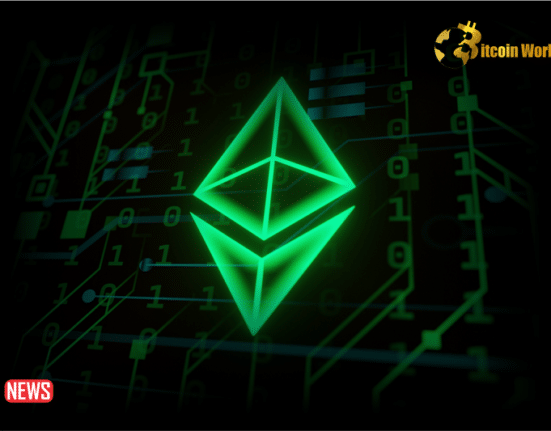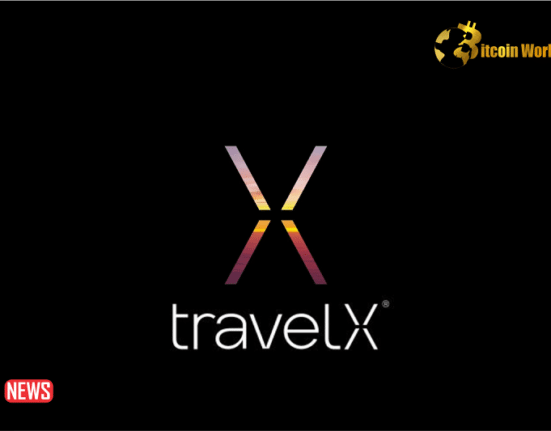Blockchain technology’s major drawback is its incompatibility. Blockchains cannot communicate or share data. The blockchain “Tower of Babel” dilemma. This fragmentation forces consumers to select between incompatible technologies, hindering mainstream crypto adoption.
What’s the main issue? Blockchains are segregated systems with norms and standards, requiring a single ledger for all actions. Communicating between blockchains is like speaking two languages without a translator. They need a common language to communicate.
Does this mean we should give up and accept that crypto cannot work as a united industry because blockchains lack communication? Interoperability between blockchain networks is possible. These attempts seem insufficient, thus developers should focus more on this issue.
Web 3.0 needs strong cross-chain interoperability solutions to safely move tokens and data between blockchains as so much economic activity takes place on isolated networks. How can blockchains interact? Interoperability methods include these.
Sidechains differ from other layer two solutions while being lumped together. A cross-chain communication protocol links the mainchain and sidechain in sidechains.
They transfer digital assets and transactions from blockchain’s mainnet to a secondary block chain. These can be validated faster without delaying the network. Sidechains are like taking the HOV lane to work. MimbleWimble, PoA, and RSK are sidechain platforms. Blockchain relays verify events and states in different blockchains.
Relays allow one blockchain to verify data from other blockchains without third-party resources. Unfortunately, connecting dissimilar blockchains is tough. It may be possible to create a bridge between two islands with very diverse geography, but it takes a lot of work and talent.
A third-party notary handles trust issues in notary scheme transactions. Notaries validate blockchain events and send them to another blockchain. The notary must be registered on both blockchains—source and target—to do this.
Notary systems use single- or multi-signature notaries. A single-signature notary examines source chain transaction data before launching a target chain transaction. It’s a centralized notary. Single-signature notary techniques enable fast cross-chain interoperability. Centralization is this system’s drawback.
Individual node failures and misbehaviors also threaten it. Multi-signature notaries demand that most nodes/notaries verify a cross-chain request initiated by user one on the source chain. The target chain adds the transaction after numerous nodes verify signatures. A Byzantine-fault-tolerant consensus mechanism is used to process and transmit cross-chain transactions to a target blockchain if over two-thirds of notaries sign the transaction.
Decentralized trade platforms Herdius and Bifrost use notary techniques for blockchain interoperability. Oracles transfer external data to the blockchain network for on-chain processing. Oracles deliver off-chain data to smart contracts like postmen.
By guaranteeing diverse ecosystems use the same source of truth, decentralized oracle services can feed off-chain data to blockchain-enabled smart contracts. A trusted oracle works.
Chainlink, Universal Market Access, API3, Band Protocol, Nest Protocol, XYO Network, iExec RLC, and WINkLink are prominent oracles.
Another blockchain interoperability solution for smart contracts that change payment channels is HTLC. The HTLC implements crypto time-bound transactions. The transaction is void if the recipient does not give a cryptographic proof of payment receipt within a certain timeframe.
Bitcoin’s Lightning Network proposes bi-directional HTLCs with secure peer-to-peer payments. Payment channels allow any peer on the network to pay any other peer, even without a direct link. Cross-chain bridges may let blockchain networks communicate.
Cross-chain bridges help blockchain networks share data, assets, and messages. Secure connections let non-native blockchain networks share resources and data.
Polkadot, Blocknet, Cosmos, and Wanchain are prominent cross-chain efforts. Polkadot connects non-interoperable blockchain networks via parachains and native bridges.
Blocknet prioritizes blockchain DEXs. Wanchain wants all digital assets on one network. Cosmos connects blockchains using a central protocol.
AnySwap, Binance Bridge, and cBridge are popular blockchain bridges Cross-chain bridges with arbitrary data transmission can move any sort of data between blockchains, not only coins.
As tokens reach the destination chain, these programmable token bridges call a smart contract. This bridge allows cross-chain swapping, lending, staking, and depositing tokens in a destination chain smart contract. It’s like having a teleportation gadget that transports you and deposits funds in your bank account so you can utilize them immediately.
This is like exchanging foreign currency in a bank, where the person must give over their currency. The bank controls the funds notwithstanding a favorable exchange rate.
Decentralized blockchain bridges allow users to move currencies anonymously, but they are freelancing and unreliable.
Hence, to securely transfer coins, you must discover a bridge or build one. Blockchain bridges have numerous pros and cons. Since the bridge connects the two networks, it must be secure and reliable.
Some blockchain ledgers have hundreds of miners, while others have few. By transferring data from a less dependable ledger to a more resilient blockchain, outside parties can change and compromise it. Malicious actors could steal critical data if the bridge is breached.
Hackers regularly uncover flaws in blockchain bridges. Bridge vulnerability hackers stole $2.5 billion in 2021 and 2022. Finality—the promise that monies committed to the source chain will be available on the destination chain—is also vital.
Unbacked bridged tokens may result from a source chain reversed transaction, such as a block rearrangement. Building an archway requires two sides to be in harmony. The building collapses if one side is slightly off. The bridge connecting the chains can fall without a guarantee of finality.















